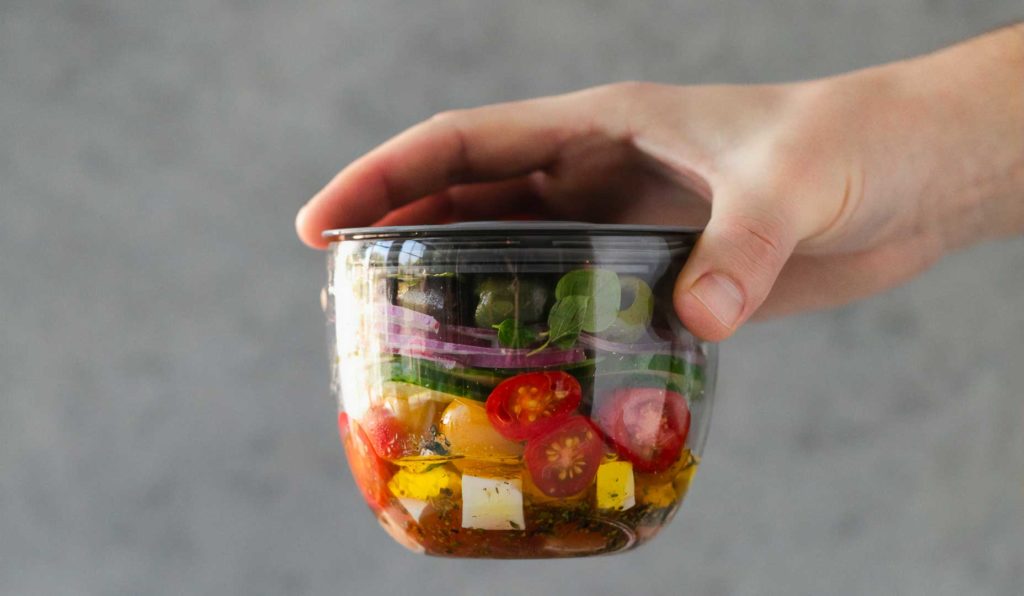Published in the Journal of Exposure Science & Environmental Epidemiology, this article presents a new regression-based model to predict chemical migration from packaging to food.
Packaging materials can be a source of chemical contaminants in food. Process-based migration models (PMM) predict the chemical fraction transferred from packaging materials to food (FC) for application in prioritisation tools for human exposure. These models, however, have a relatively limited applicability domain and their predictive performance is typically low. To overcome these limitations, the authors developed a linear mixed-effects model (LMM) to statistically relate measured FC to properties of chemicals, food, packaging, and experimental conditions. They found a negative relationship between the molecular weight (MW) and FC, and a positive relationship with the fat content of the food depending on the octanol-water partitioning coefficient of the migrant. They also showed that large chemicals (MW > 400 g/mol) have a higher migration potential in packaging with low crystallinity compared with high crystallinity.

